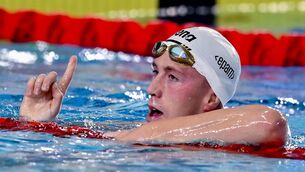Enda McEvoy: Tipp versus Limerick. The first ... and last match of 2020?

Tipp versus Limerick. The first match of 2020. The last match of 2019 in an only very slightly parallel dimension, one not populated by Alan Kelly’s umpires.
So: yer man on Eoin Murphy’s right signals for a 65’, Diarmaid Byrnes drains it and for the second year in a row Limerick’s young legs and panel depth carry the day in extra-time in an All-Ireland semi-final.














